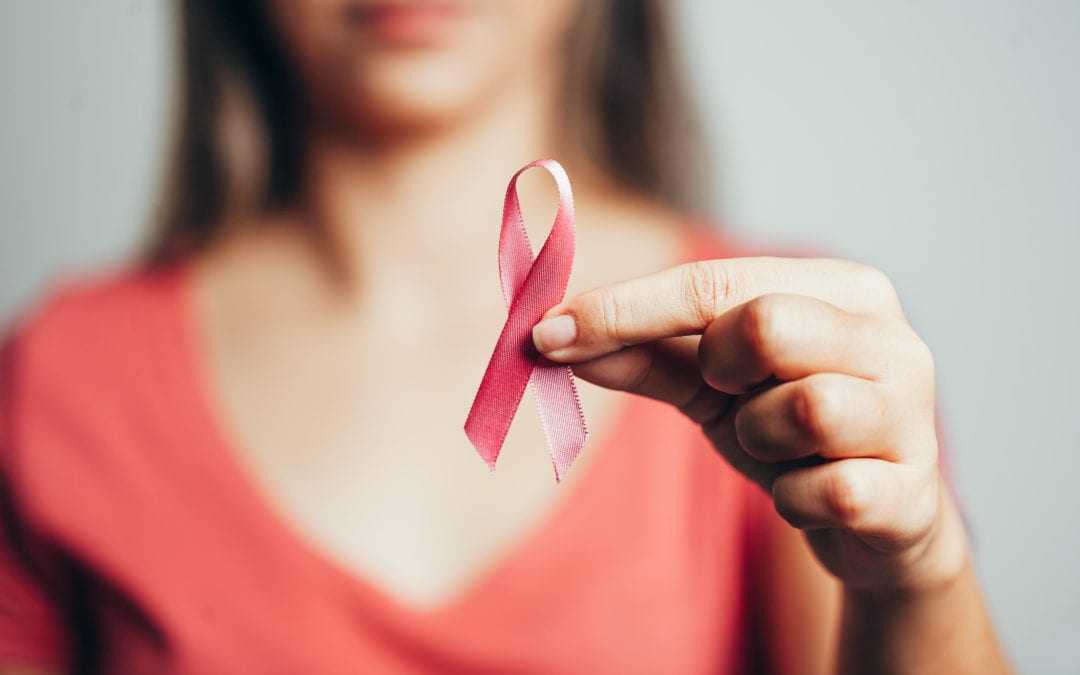Breast cancer is cancer that forms in the cells of the breasts. After skin cancer, breast cancer is the most common cancer diagnosed in women in The United States. Breast cancer can occur in both men and women, but it’s far more common in women. Substantial support for breast cancer awareness and research funding has helped created advances in the diagnosis and treatment of breast cancer. Breast cancer survival rates have increased, and the number of deaths associated with this the disease is steadily declining, largely due to factors such as earlier detection, a new personalized approach to treatment and a better understanding of the disease.
Symptoms
Nipple changes
Signs and symptoms of breast cancer may include
a. A breast lump or thickening that feels different from the surrounding tissue
b. Change in the size, shape or appearance of a breast
c. Changes to the skin over the breast, such as dimpling
d. A newly inverted nipple
e. Peeling, scaling, crusting or flaking of the pigmented area of skin
surrounding the nipple (areola) or breast skin
f. Redness or pitting of the skin over your breast, like the skin of an orange
When to see a doctor
If you find a lump or other change in your breast even if a recent mammogram was normal
make an appointment with your doctor for prompt evaluation.
Risk factors
A breast cancer risk factor is anything that makes it more likely you’ll get breast cancer.
But having one or even several breast cancer risk factors doesn’t necessarily mean
you’ll develop breast cancer. Many women who develop breast cancer have no known
risk factors other than simply being women.
Factors that are associated with an increased risk of breast cancer include:
Being female: Women are much more likely than men are to develop breast
cancer.
Increasing age: Your risk of breast cancer increases as you age.
A personal history of breast conditions: If you’ve had a breast biopsy that
found lobular carcinoma in situ (LCIS) or atypical hyperplasia of the breast, you
have an increased risk of breast cancer.
A personal history of breast cancer: If you’ve had breast cancer in one breast,
you have an increased risk of developing cancer in the other breast.
A family history of breast cancer: If your mother, sister or daughter was
diagnosed with breast cancer, particularly at a young age, your risk of breast
cancer is increased. Still, the majority of people diagnosed with breast cancer
have no family history of the disease.
Inherited genes that increase cancer risk: Certain gene mutations that
increase the risk of breast cancer can be passed from parents to children. The
most well-known gene mutations are referred to as BRCA1 and BRCA2. These
genes can greatly increase your risk of breast cancer and other cancers, but they
don’t make cancer inevitable.
Radiation exposure: If you received radiation treatments to your chest as a
child or young adult, your risk of breast cancer is increased.
Obesity: Being obese increases your risk of breast cancer.
Beginning your period at a younger age: Beginning your period before age 12
increases your risk of breast cancer.
Beginning menopause at an older age: If you began menopause at an older
age, you’re more likely to develop breast cancer.
Having your first child at an older age: Women who give birth to their first child
after age 30 may have an increased risk of breast cancer.
Having never been pregnant: Women who have never been pregnant have a
greater risk of breast cancer than do women who have had one or more
pregnancies.
Postmenopausal hormone therapy: Women who take hormone therapy
medications that combine estrogen and progesterone to treat the signs and
symptoms of menopause have an increased risk of breast cancer. The risk of
breast cancer decreases when women stop taking these medications.
Drinking alcohol: Drinking alcohol increases the risk of breast cancer.
Breast cancer risk reduction for women with a high risk
If your doctor has assessed your family history and determined that you have other
factors, such as a precancerous breast condition, that increase your risk of breast
cancer, you may discuss options to reduce your risk, such as:
Preventive medications (chemoprevention). Estrogen-blocking medications,
such as selective estrogen receptor modulators and aromatase inhibitors, reduce
the risk of breast cancer in women with a high risk of the disease. Thesse
medications carry a risk of side effects, so doctors reserve these medications for
women who have a very high risk of breast cancer. Discuss the benefits and risks
with your doctor.
Preventive surgery. Women with a very high risk of breast cancer may choose to
have their healthy breasts surgically removed (prophylactic mastectomy). They
may also choose to have their healthy ovaries removed (prophylactic
oophorectomy) to reduce the risk of both breast cancer and ovarian cancer.

